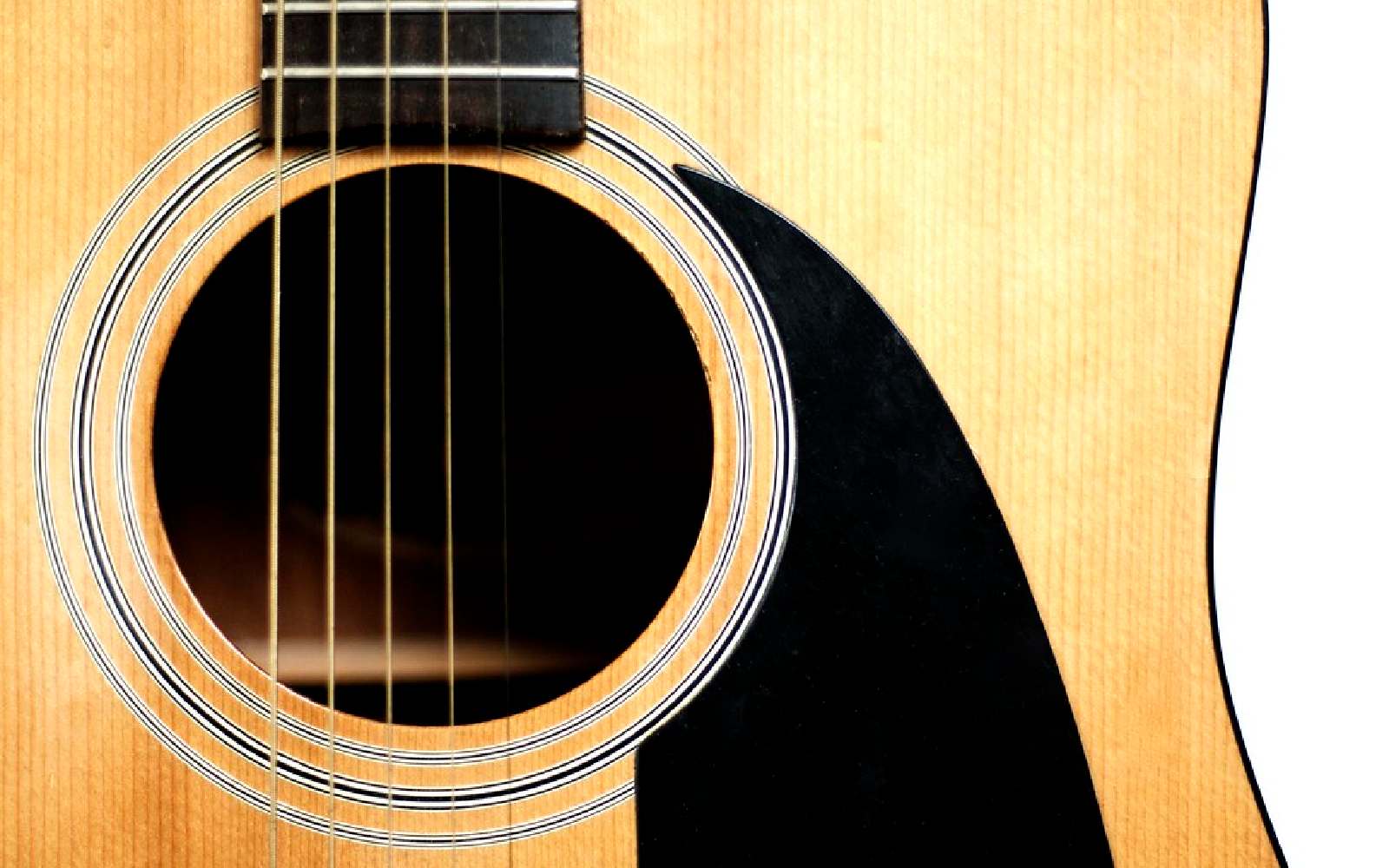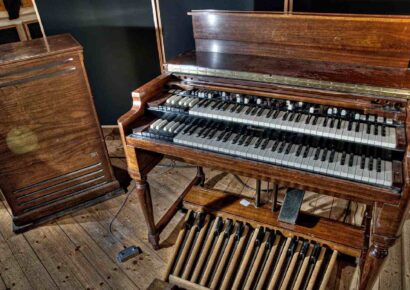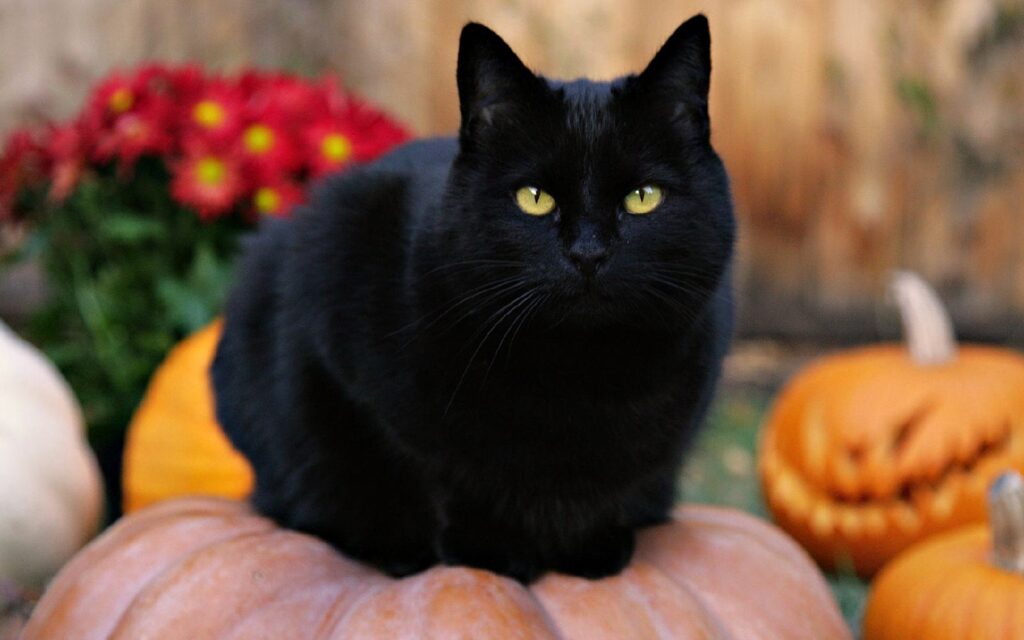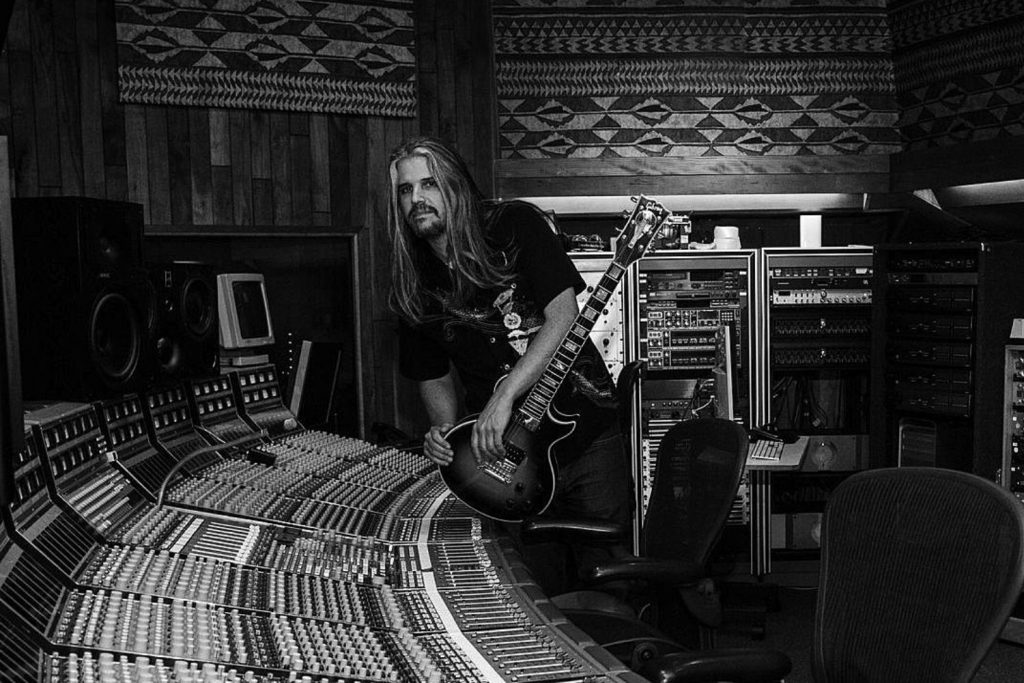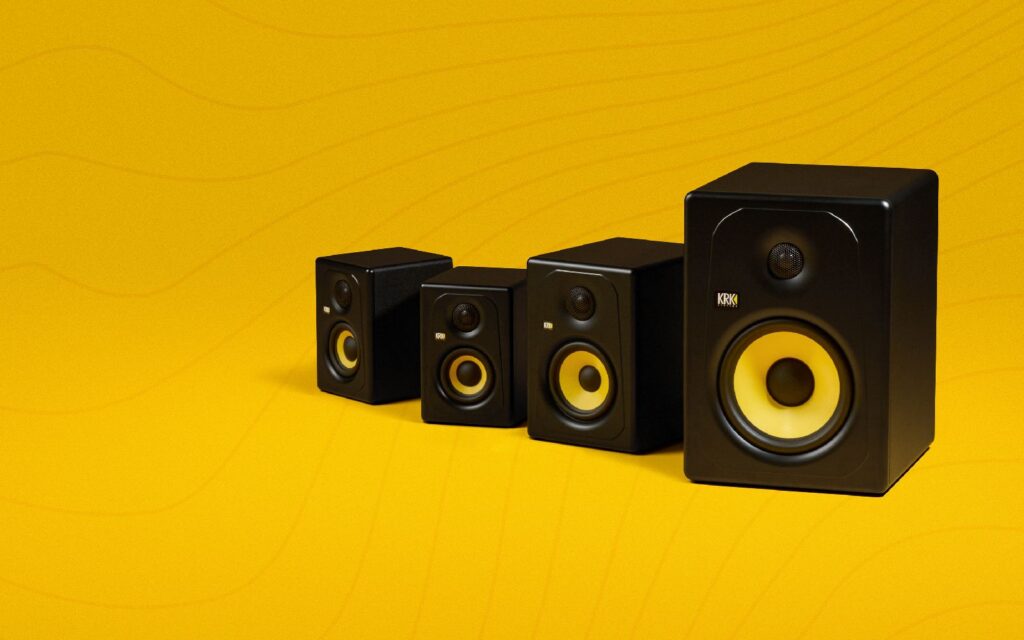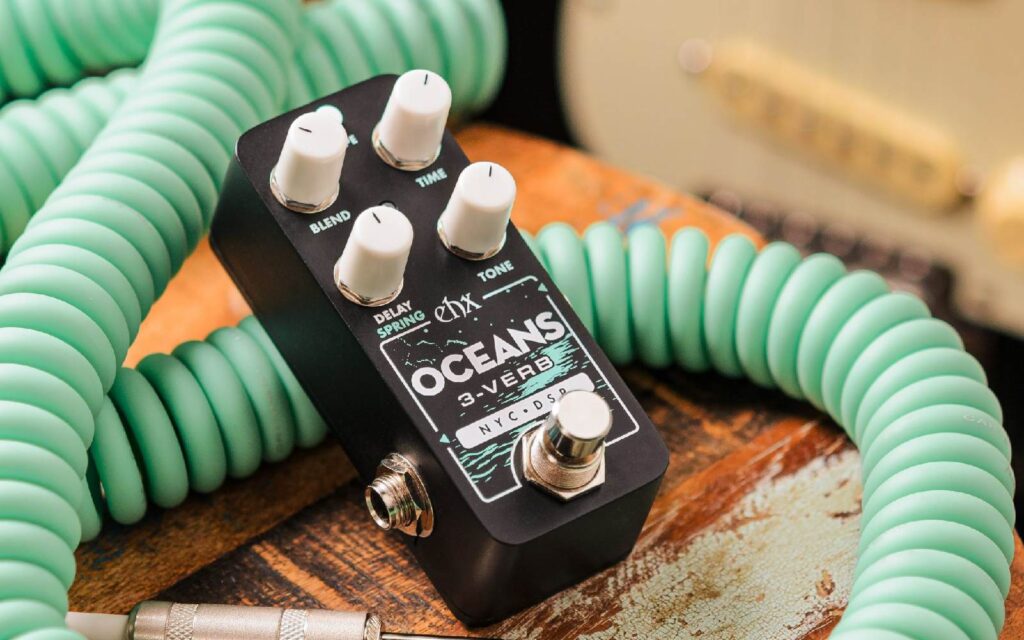While there's different materials available, guitars are primarily constructed from wood, different wood having different tonal character.
The tonewood that your guitar or bass is constructed from plays a huge role in the sound of your instrument, this is amplified in an acoustic guitar as the sound resonates and bounces around the body before bellowing back out the sound hole. Different woods have different densities and therefore a different sonic footprint, and depending on your needs, as well as what you want, understanding the character of different tonewood can have you ahead of the curve!
Acoustic energy vibrates and resonates throughout wood, this extending from the guitar’s body, bridge pins, fretboard wood and neck material, all culminating in the sound overall!
Alder
Alder seems to be one of the most popular choices today when it comes to making beginner guitars. More prominently known for being used in the late 50’s and early 60’s as the body and neck of Stratocasters, alder wood is a lightweight wood that delivers a very clear tone. Alder can deliver a strong full-bodied sound, with chunky mids and brilliant lows. It sizzles slightly in the highs, and can offer a decent amount of sustain.
Read up on all the latest features and columns here.
Maple
Used more frequently on bodies and necks, maple wood is considered a much more dense tonewood compared to alder. maple wood has mainly been sourced from North America and Canada. Maple is a type of wood that can be arranged and blended with other types of light and heavy woods to have a combined sound that helps carry out high-end twang, as well as humble mids.
The lightest colour of the woods can be seen on Gibsons and used on Telecasters. The use of maple as a neck or combining that with a fretboard, allows a softer touch and more grounded feel when playing, as opposed to hardened woods which may give less desirable comfort when playing. The lightness of maple allows a brighter tone and with it, a moderate weight allowing good sustain and plenty of punch.
Mahogany
For a guitar player that is looking for more high-end arpeggio with less emphasis on rhythmic playing, mahogany wood caters for both a body-type and a neck to deliver a tough and hard feel that accompanies a large sustain and richness in tones. Due to smaller pours within the wood, it allows the frequencies/sounds to bounce off sharper, creating more of a ring-out effect.
The mahogany body gives back in a rich and clear manner that helps blend tones and resonate with using over drive and distortion pedals. The mahogany type wood is great for neck backs but is not ideal for freeboards due to its stiff feel.
Spruce
Spruce is a very common wood used for acoustics, and a very popular wood for Maton guitars in particular. Spruce varies in bright and clear sounds and is regarded as a more mature wood that keeps on giving. Spruce wood came to popularity from classical nylon guitars where the wood displays a more adaptive and flexible fretboard and body-type.
Spruce wood brings together a direct tone and delivers an almost ‘bell’ sound when paired with a spruce or cedar neck. It is not ideal for a fretboard, but when paired with a harder wood (neck or body), it brings a golden ring that helps collect a natural reverb in long strung chords.
Rosewood
Now reaching the other end of the spectrum in weight, rosewood is a body and neck type for electric guitars or flat-top acoustic guitars. Seen as one of the heaviest conventional woods available, you can identify rosewood with strats that were made in the late 70’s and 80’s and even more so today.
Rosewood is seen as an ideal choice for fretboards, as it brings a strong, firm wood that is more resilient weather changes and fluctuations in heat. Rosewood today is ‘heavily’ used for rock/metal guitars looking to gain a high sustain and ease of use while playing fast-paced leads.
Ebony (Maacassar)
The distinctive dark-brown chocolate coloured wood is seen as an outlier when is comes to conventional guitar builds, but still remains in our list for its stability in tone and great attack, which is complimented with a very smooth touch.
Ebony wood is more frequently used for necks and fretboards due to its small pours and tighter wood structure. This allows more cut through resonance and lasting sustain. Though ebony wood doesn’t seem ideal for beginners, it assists guitar players in finger strength and cut-clean chord playing.
Keen to question all that you just read about how much the tonewood matters? YouTuber and session guitarist Jim Lill explores guitar tone in a unique way.
